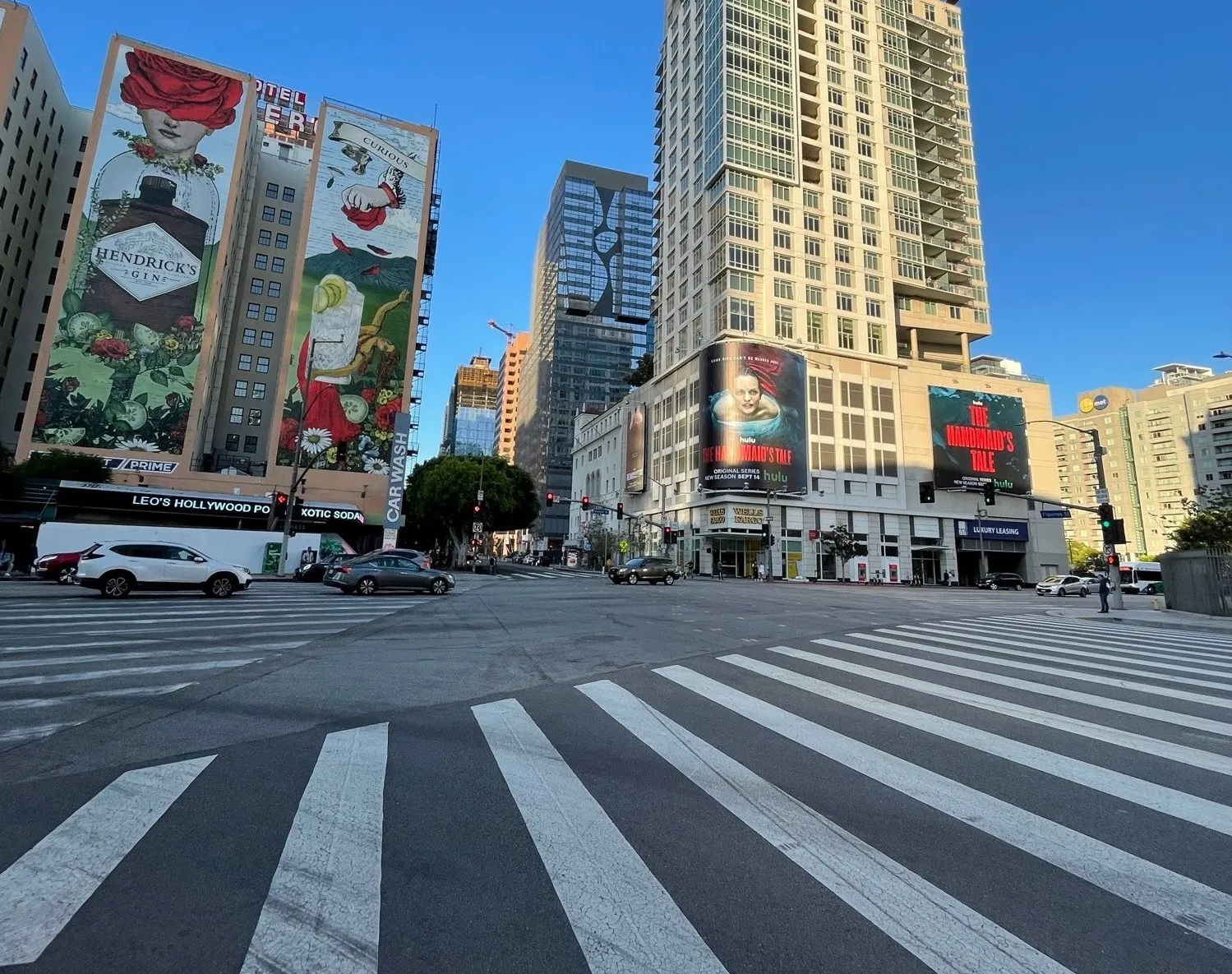A new report from
The new research, Consumer Connected Cars: Applications, Telematics & V2V 2017-2022, found that revenues from consumer connected car services will rise from US$8.4bn in 2017 to US$49.2bn in 2022, a 21.6 per cent CAGR (compound annual growth rate). Increasing industry involvement from OEMs and network operators, combined with the development of new V2X services, will be key drivers for future growth.
The research found that automotive OEMs must prepare to capitalise on the impending opportunities of V2X services, such as smart parking and automated fuel payments. North America will emerge as the leading region in this space, accounting for 39 per cent of all end-user spend on connected car commerce platforms by 2022. It argued that stakeholder investments and public-private partnerships will be as critical to future V2I (vehicle-to-infrastructure) services as OEM involvement.
Additionally, the report found that in-vehicle services must remain specific to the vehicle or risk being viewed as unnecessary and invasive. Lucrative services will therefore be restricted to fuel payments, smart parking and toll roads. However, the report highlighted that early rollouts of infrastructure could take up to 5 years to implement, allowing stakeholders time to cultivate pertinent use cases.
Whilst vehicle sales will limit the take-up of vehicle-integrated commerce services, the report found that high average spend per user will offer a significant revenue opportunity to entice stakeholders. Juniper predicted that total consumer spend over connected car commerce platforms will exceed US$100 billion by 2022.
“OEMs will begin competing on the level of convenience that their in-vehicle services offer” remarked research author Sam Barker. “Soon, level of service will be more important to drivers than vehicle performance itself.”
Fifty per cent of consumer cars to have telematics devices by 2022
A new report from Juniper Research has revealed that, by 2022, 50 per cent of consumer vehicles on the road will have at least one connectivity service, such as telematics, V2X (vehicle-to-everything) communications, or connected car commerce services.
June 23, 2017
Read time: 2 mins








